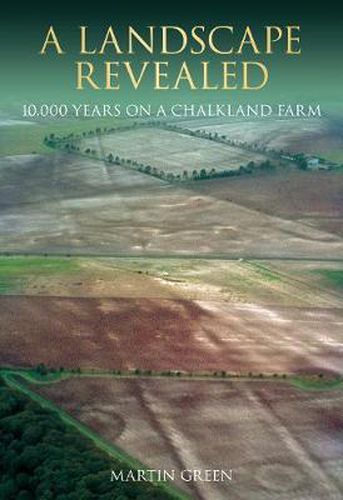Readings Newsletter
Become a Readings Member to make your shopping experience even easier.
Sign in or sign up for free!
You’re not far away from qualifying for FREE standard shipping within Australia
You’ve qualified for FREE standard shipping within Australia
The cart is loading…






The Down Farm Landscape (where the author’s family has farmed for generations) is one of the most carefully studied areas in Western Europe. Much of this work has been carried out by the author himself - who in 1992 won the Pitt Rivers award for independent archaeology. He and his work (which has involved five universities and one of the major field unitswere recently featured in a BBC 2 ‘Meet the Ancestors’ programme. The farm is part of Cranborne Chase, just south of Salisbury (where, coincidentally, the famous General Pitt Rivers began his pioneering work in the 1880s). It not only contains the Neolithic Dorset Cursus, numerous long barrows and Hambledon Hill, but over the last 30 years henges, shafts, plastered houses, land divisions, enclosures and cemetries have been identified and exacavated. The farm has its own museum and for the book the author had provided a unique range of illustrations (including full colour reconstructions).
$9.00 standard shipping within Australia
FREE standard shipping within Australia for orders over $100.00
Express & International shipping calculated at checkout
The Down Farm Landscape (where the author’s family has farmed for generations) is one of the most carefully studied areas in Western Europe. Much of this work has been carried out by the author himself - who in 1992 won the Pitt Rivers award for independent archaeology. He and his work (which has involved five universities and one of the major field unitswere recently featured in a BBC 2 ‘Meet the Ancestors’ programme. The farm is part of Cranborne Chase, just south of Salisbury (where, coincidentally, the famous General Pitt Rivers began his pioneering work in the 1880s). It not only contains the Neolithic Dorset Cursus, numerous long barrows and Hambledon Hill, but over the last 30 years henges, shafts, plastered houses, land divisions, enclosures and cemetries have been identified and exacavated. The farm has its own museum and for the book the author had provided a unique range of illustrations (including full colour reconstructions).